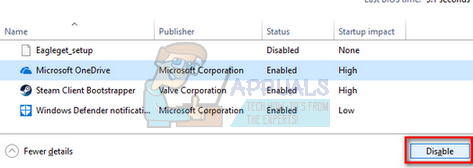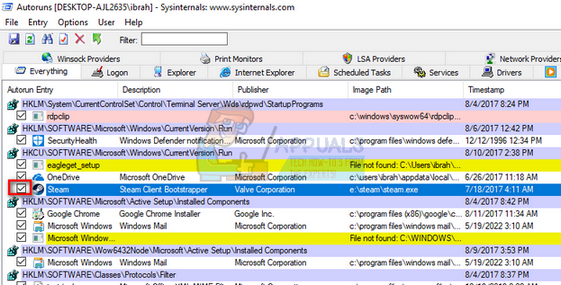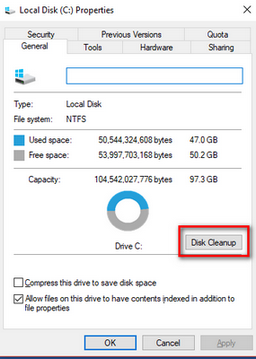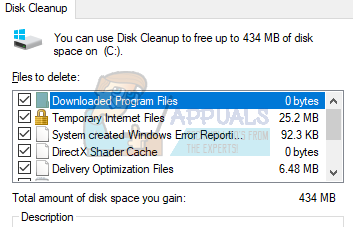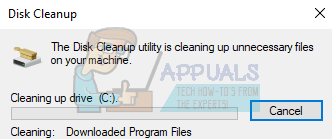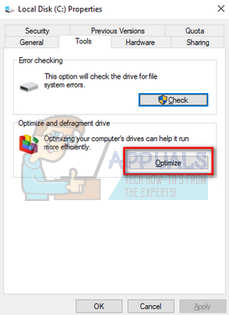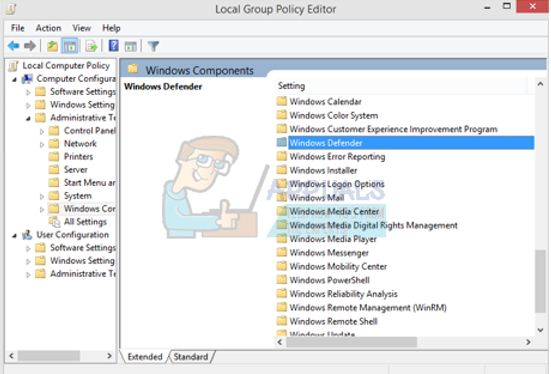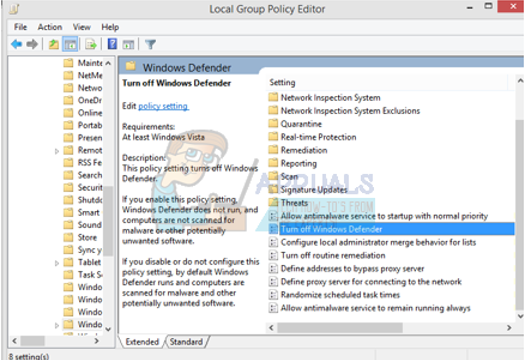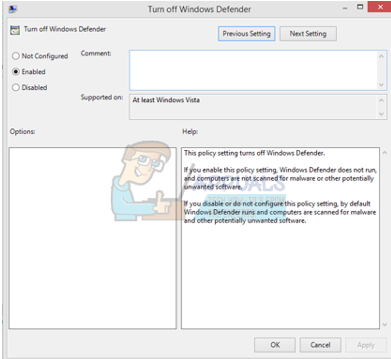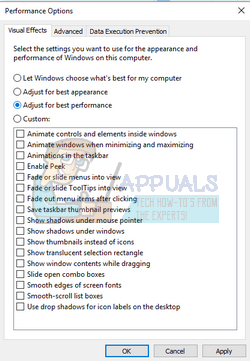Step 1: Using the Performance Troubleshooter
The first thing you can try is to run the Performance Troubleshooter by Windows. This troubleshooter automatically finds and fixes problems. It checks for conflicts where your computer may be slow because of certain processes such as how many users are currently logged in or which multiple programs are running together at the same time.
Step 2: Deleting the programs you never use
Most PC manufacturers install programs on your computer which you didn’t order and might not use in the future too. These programs often include trial editions or limited-edition versions. The software companies hope that after trying out their software, you’ll find them useful and then pay to upgrade to the full or premium versions. You can always uninstall these programs if you don’t have use for them. Keeping them on your computer idly can slow it down using precious disk space, memory, and processing power. It is also a good idea to uninstall all the third party programs which you may have installed in the past and don’t use them in the present. Especially utility programs should be taken into consideration which are designed to manage your computer’s software and hardware. These utility programs include disk cleaners, virus scanners, and backup tools. These programs are always open in the background and while many people don’t notice, they consume an enormous amount of your resources while also doing nothing at the same time.
Step 3: Limiting the programs which run at startup
Many programs are designed to run and start automatically when you turn on your Windows. Some manufacturers even develop their programs in such a way that they open in the background upon startup and you never know that they are even running. This is helpful for the programs you use a lot but it isn’t for those you never/scarcely use. But how will you know which programs run automatically upon startup? For some programs it is obvious as you can see their icon in the notification area on the taskbar. You should check if there are programs running which you don’t use. Be sure to toggle the button “Show hidden icons” to ensure that you don’t miss any application.
Too see all the Windows processes that run upon startup, download the AutoRuns application from here. After installing it and running it as administrator, you will see a window where all the system/normal applications will be listed which run upon startup. You can disable them manually by unchecking the tick boxes. Be extra careful while using this application as you might uncheck something of prime importance and have problems later on. Always uncheck the program that you know about (don’t uncheck random programs; some may be system files). This application sets the status of startup using the Registry to 0 if you don’t want any application to run when you start your OS.
This application may require administrator privileges to make any changes to the registry. If prompted, press Ok and the application will re-launch itself using administrative rights.
Step 4: Defragment/Clean up your disk drives
Fragmentation can make your hard drive consume additional resources which can slow down your computer drastically. Disk Defragmenter rearranges the fragmented data so your hard drive can work faster and efficiently. This runs on a schedule set but you can always defragment your disk manually. Unnecessary files on your hard drive take up a lot of disk space and can slow down your computer a lot. The disk cleanup application removes the temporary files, system files, empties the recycle bin and other files which that you and the PC doesn’t require anymore.
Step 5: Run fewer programs at a time
Mostly, changing your computing behavior can have a great impact on your system’s performance. If you are a type user who opens up four programs at once, along with a lot of browser and file explorer windows open, don’t be surprised if your game doesn’t deliver the maximum performance it should. If you find your PC hanging a lot, ask yourself do you really need to keep all those extra programs running at once? Make sure that you are only running one antivirus program at a time. As we all know Windows has its own Windows Defender enabled from the start. Make sure to disable it before you install any more antivirus programs. Here are the steps on how to disable the Windows Defender from your PC.
Restart your computer and the Windows Defender will be turned off.
Step 6: Turning off visual effects
If your Windows is running slow on performance, you can speed it up by turning off some of the visual effects. Would you rather have your windows be prettier or do you prefer to have more performance? Usually you won’t have to make this tradeoff if you have a powerful PC. But if you are having issues, you can turn off the visual effects in exchange for better performance. You can easily select which visual effects to turn on and which to turn off. There are estimated 20 visual effects which you can control. For example the way menus open and close, the shadows etc.
Step 7: Restart regularly
The step is very simple. You should restart your computer at least once in two days. Restarting your PC is a great way to free up memory and it is also used to ensure that any extra processes which were running get shut down. Restarting closes down all the processes on your PC. Not only the processes that you can see visually in the task manager or the task bar, but also the background processes which started without you knowing and kept running this whole time. Restarting can also fix unknown maintenance problems which you might be facing. If you think that restarting can be an issue because of all the extra email applications, browser, and file managers etc. running, the more of a reason it is to restart your PC. There are chances that soon your PC will run out of memory and start hanging and delaying.
Step 8: Checking for virus and malware
If your PC is hanging and running slowly, it is possible that it is affected by virus and malware. This isn’t common but it is worth a shot. Check your antivirus definitions and make sure that they kept up-to date all the time. A common symptom of an infection by virus and malware is that you notice that your PC is much slower than normal routine. Other signs also include unexpected pop-ups opening which direct you to random websites, programs that start automatically mostly consisting of websites, and also the sound of your hard drive constantly working. The best way is to prevent virus and malware from entering your PC. Always keep your software up-to date and avoid plugging in public USB’s into your computer. Also avoid downloading from non-trusted websites.
Step 9: Check if you have enough memory
If even after performing all the steps mentioned your computer doesn’t change its performance, it is likely that you don’t have enough memory (RAM). RAM is a crucial part of your system and your system is entirely dependant on it for operations. If you are having problem while installing a RAM on your computer, you can always use the option of “Windows ReadyBoost”. This feature allows you to use the storage space of some external removable device such as USB flash devices etc to speed up your computer. It’s easier to implement than installing a new RAM after opening your PC/laptop.
How to Optimize Ubuntu Internet Speed with MTU SettingsHow to Optimize Windows 10 For Gaming and Best PerformanceHow to Optimize and Maintain Positive Airflow in Your Gaming PCWitcher 3 Switch Patch 3.6: Improved Graphics and the option To Import Saves…



